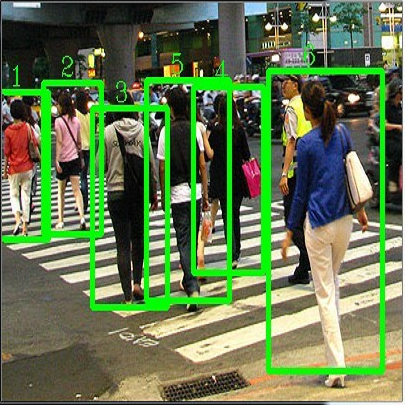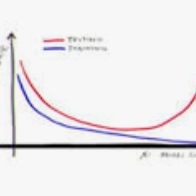Most state-of-the-art methods of object detection suffer from poor generalization ability when the training and test data are from different domains, e.g., with different styles. To address this problem, previous methods mainly use holistic representations to align feature-level and pixel-level distributions of different domains, which may neglect the instance-level characteristics of objects in images. Besides, when transferring detection ability across different domains, it is important to obtain the instance-level features that are domain-invariant, instead of the styles that are domain-specific. Therefore, in order to extract instance-invariant features, we should disentangle the domain-invariant features from the domain-specific features. To this end, a progressive disentangled framework is first proposed to solve domain adaptive object detection. Particularly, base on disentangled learning used for feature decomposition, we devise two disentangled layers to decompose domain-invariant and domain-specific features. And the instance-invariant features are extracted based on the domain-invariant features. Finally, to enhance the disentanglement, a three-stage training mechanism including multiple loss functions is devised to optimize our model. In the experiment, we verify the effectiveness of our method on three domain-shift scenes. Our method is separately 2.3\%, 3.6\%, and 4.0\% higher than the baseline method \cite{saito2019strong}.
翻译:多数最先进的物体探测方法在培训和测试数据来自不同领域(例如,具有不同风格)时,一般化能力较差。为了解决这一问题,以往方法主要使用整体表达方法,对不同领域的特性等级和像素等级分布进行统一,这可能忽略图像中对象的试度特性。此外,在将检测能力转移到不同领域时,重要的是要获得属于域变量的例级特征,而不是特定域的风格。因此,为了提取实例变量特征,我们应该将域变量特性与特定域特性分离。为此,首先建议采用一个渐进的分解框架,以解析不同域特性的特性分布,特别是,根据分解的图像级别特性,我们设计了两个分解层层,以解析域变量变量变量和特定域特性。因此,为了加强域变量差异性差异性变量特性,我们应该将域内差异性差异性特性与域内特性区分开来。 最后,一个渐进式分解的框架是解决域内适应性对象的域内位数, 3级化方法是我们所设计的模型- 2.3级的模型, 我们的模型的优化方法是三级测试- 2.3 的模型的模型的优化的模型, 我们的模型的模型的优化的优化的优化方法, 我们的优化的模型的优化的模型的模型的模型的模型的模型的模型的模型是我们的优化的优化的优化的模型的模型的模型的




